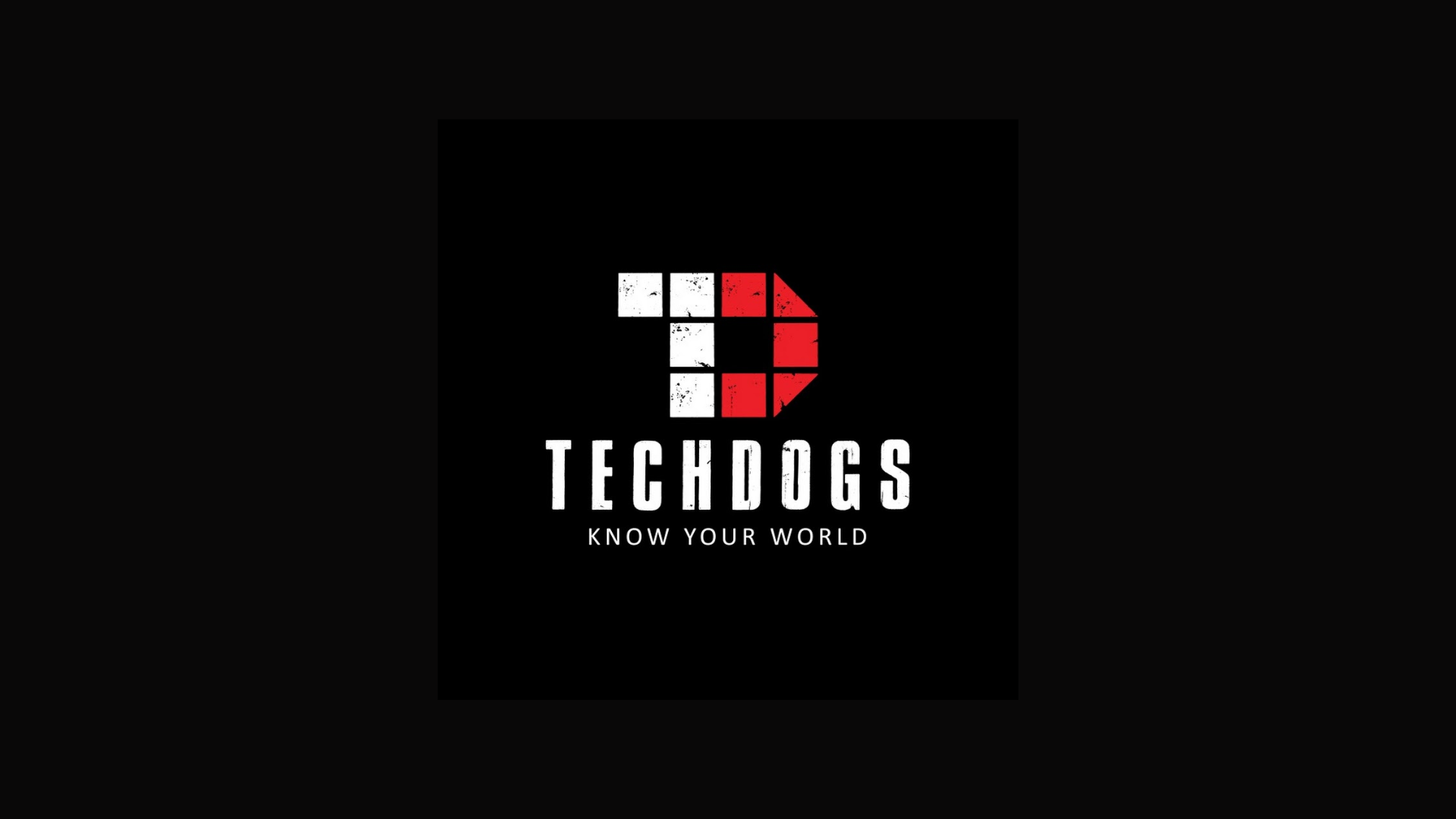For those confident in their messaging, CCgroup has a keenly priced solution, Programmatic Analyst Relations, that will quickly get your experts in front of the most influential analysts.
Alternatively, our Advanced Analyst Relations process produces four additional deliverables that help clients to hit the ground running. Our approach codifies our unusual success with dozens of firms, most of which more than double their profile in analyst content after a year of working with us. While we have some ‘secret sauce’ in our approach, outlining them will give you four ideas for activities you can innovate in your company to solidify the foundations for analyst relations.
After attending run-through meetings with Subject Matter experts, we produce the first two documents.
The Provider Outline Grid
A key part of the CCgroup way for AR is McGroc, the taxonomy framework we developed for analysts’ information needs in 2019. It has six areas: market, company, got-to-market, offer, relationships and customers. McGroc underpins our debriefing processes and the McGrocalizer insights tool. For Advanced customers, it also underpins our Provider Outline Grid (POG).
The POG emulates a tear sheet. In the same way a financial tear sheet summarises the key financial information an investor needs to value your firm, the POG contains the key statements you need in each McGroc area to show your firm’s relevance to analysts successfully
The Deck Review Evaluation & Assessment Matrix
When analysts drill down on your firm in a briefing, they have frequently asked questions The Deck Review Evaluation & Assessment Matrix (DREAM) poses analysts’ four key questions in each of the six McGroc areas. We evaluate the completeness of your subject matter experts’ answers to these questions and how well your materials support them. Our tool then assesses the six areas comparatively, spotlighting where you need to focus the development of your core presentation.
Current and Future Offer Inventory
Analysts are interested in the key facts about your solution, and often will want to drill down deeper. Initially, most analysts are interested in some or all of three things.
- Features: What features are most valued by the key personas you are selling to?
- Benefits: What are the benefits, both in terms of usability and business outcomes, for buyers?
- Differentiators: What makes your solutions’ value proposition different from competitors?
We use these questions as our lenses when we get a run-through of the solution from a technical expert, often in pre-sales. Ideally, we’ll be able to identify five to seven critical success factors (VSFs) that either make you different now or are under development and available to discuss with analysts.
This inventory makes all the difference in showing relevance to analysts. Inspired by our friends at Propel, we’ve been able to see how much more likely analysts are to accept briefing requestions, or some to inquiries better prepared, because of was the CSFs allow us to show higher relevance.
Analyst Prioritization
Most analyst relations effort is wasted. Often vendors and service providers don’t only under communicate, but also they allocate more effort to a small group of analysts than their relative influence justifies. If you can quantify the different impacts of the various analyst firms on your goals, then you can allocate your effort between them. That’s especially important as the long tail of analysts grows longer and more powerful: every AR program need to carefully allocate effort between traditional one-to-one briefings and more creative and dynamic one-to-many methods.
CCgroup has a unique quantitative methodology that combines our long track record with a unique combination of data from Meltwater, the Analyst Value Survey and Architect’s Premium Content service, which indexes millions of items of analyst content.
You might not have our access to the analysts, our long experience or our resources. However, even a finger-in-the-air estimate of influence is a basis for internal discussion and clarification. It will help you guard against distraction and firefighting.
Why you need tools like these
Analysts have a challenging job, with a difficult dualism. On the one hand, vendors and service providers are always looking for innovations that can create new customer value. On the other hand, analysts’ demand-side users are often marinaded in very common problems. Technology buyers often want proven solutions rather than innovations. So, the key to our success with analysts is showing relevance. If we can show why and how your clients value your solutions, and why you have more valuable way of solving their problems, we can overcome the liability of newness that prevents analysts from advocating innovative solutions.
The more honestly you can admit your sweet spot, and the more concretely you can show the value, the easier it will be for you to get an RoI from analyst relations.
Find out more
CCgroup’s Catalyst reports are a powerful tool for shaping your message to meet analysts’ needs better. To find out more, download the report for your industry or contact us to speak with our analyst relations specialists.














